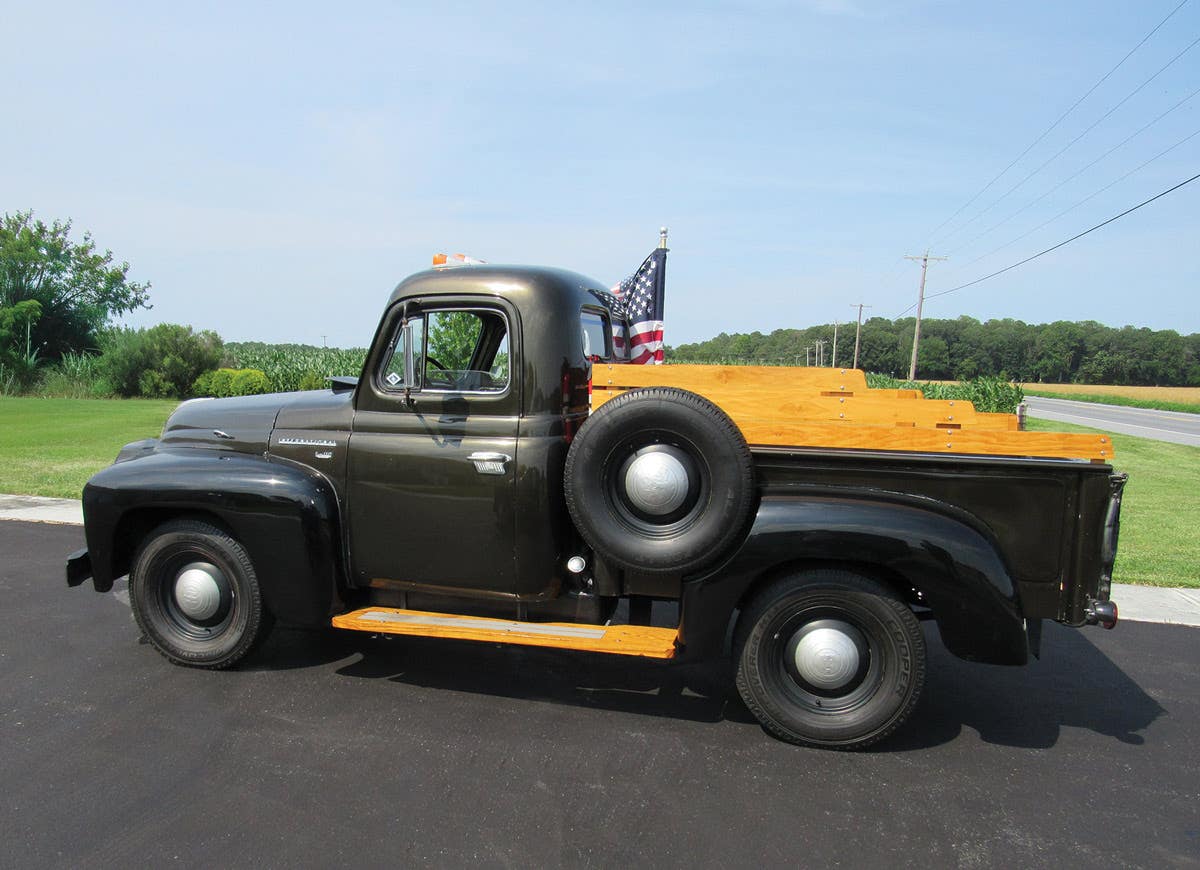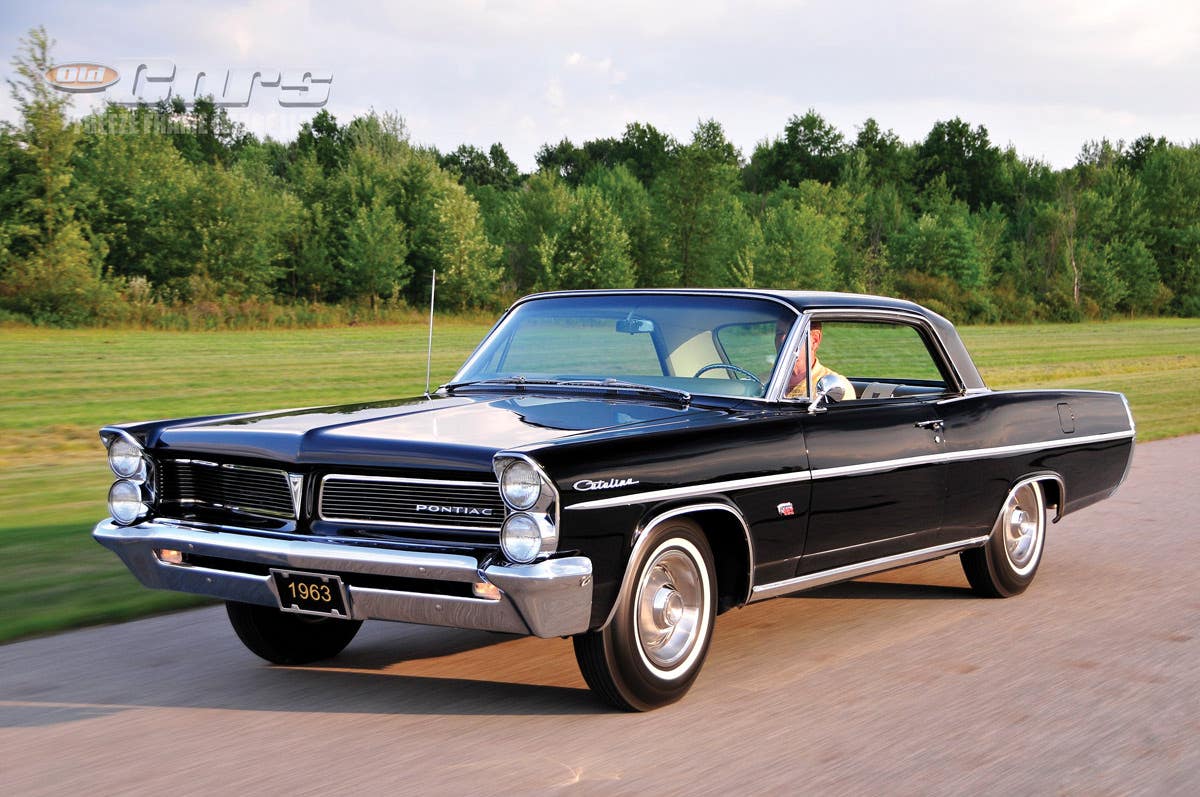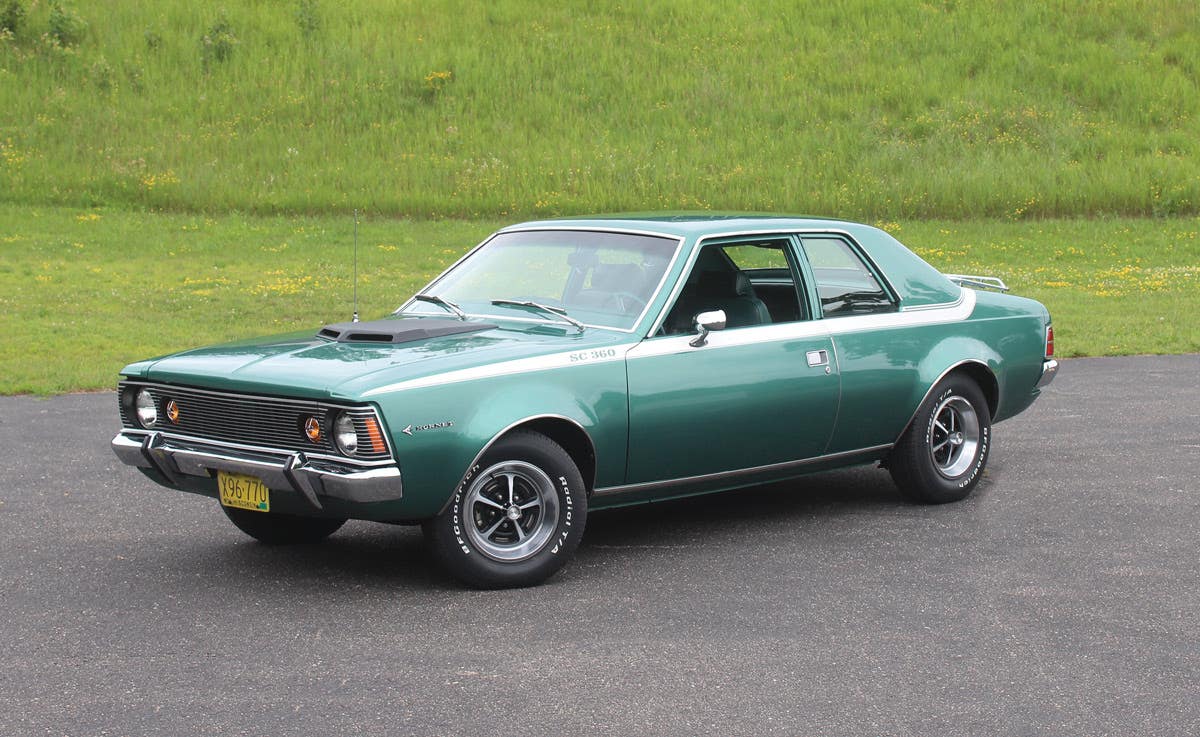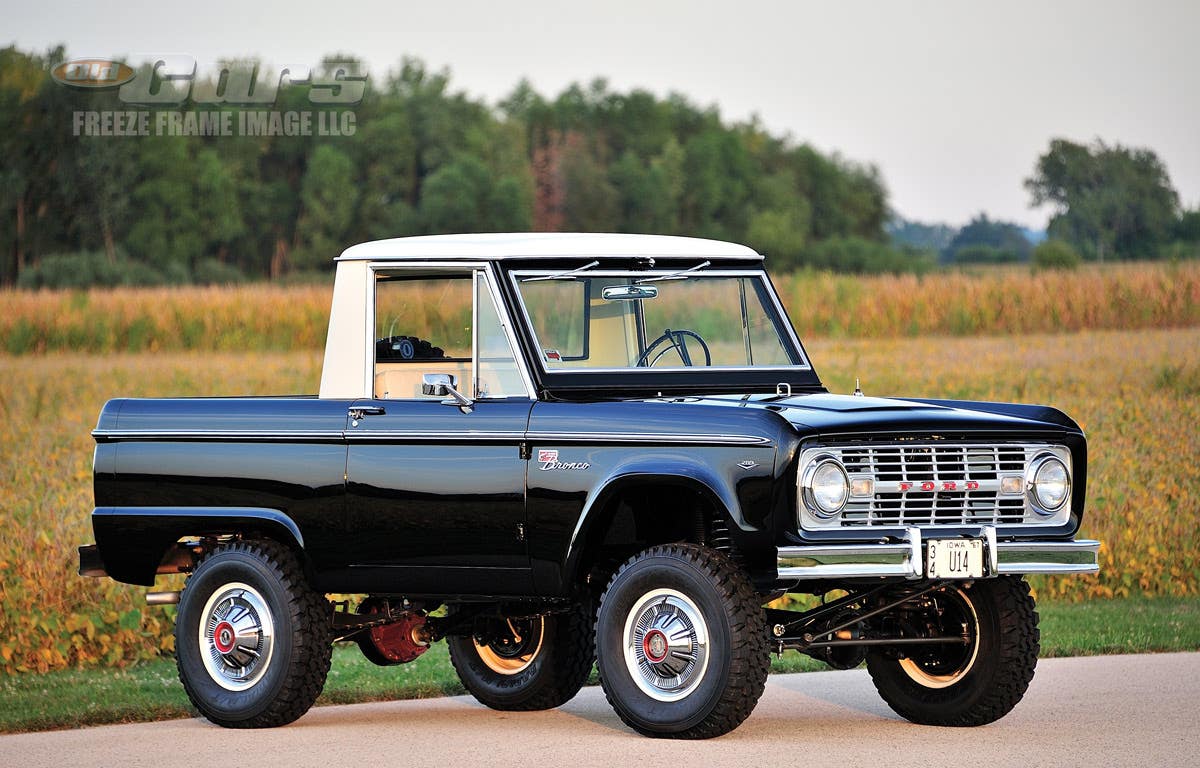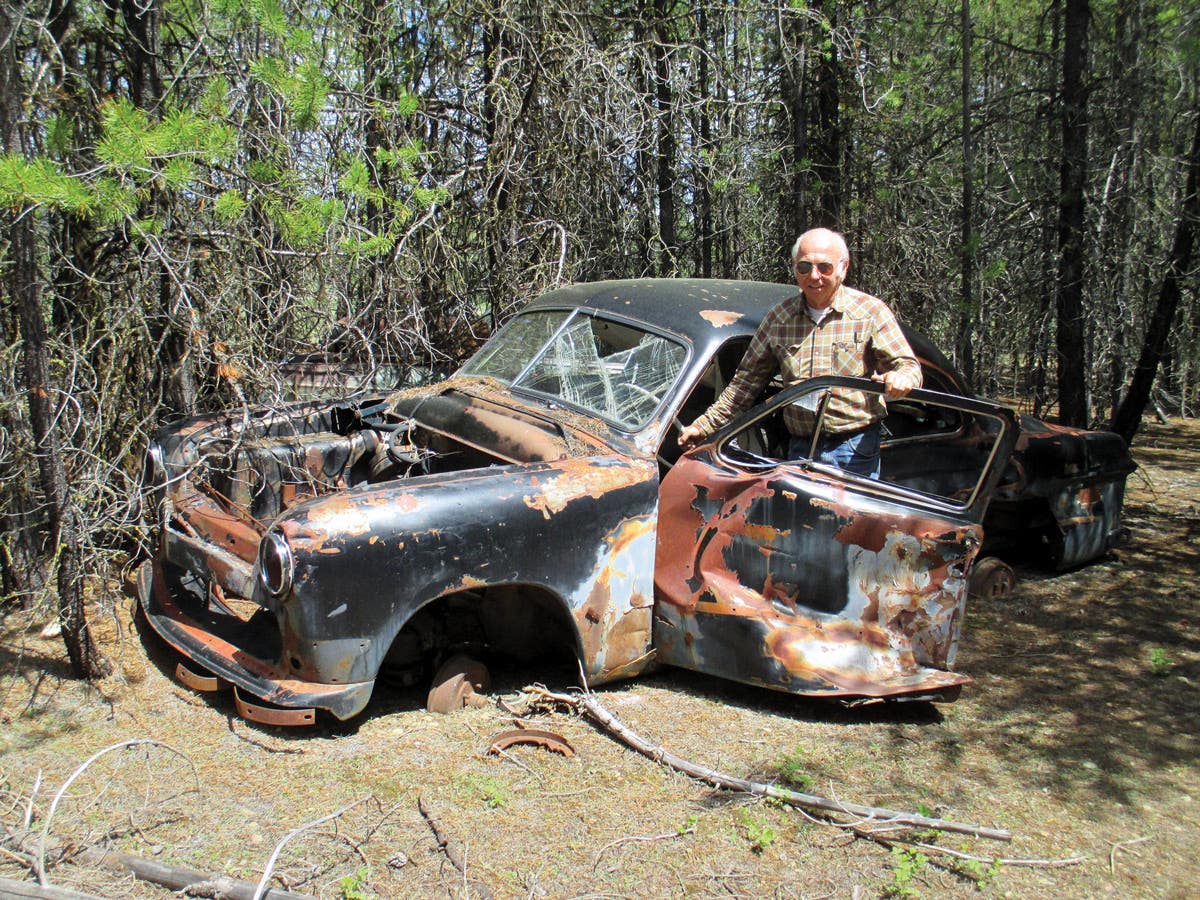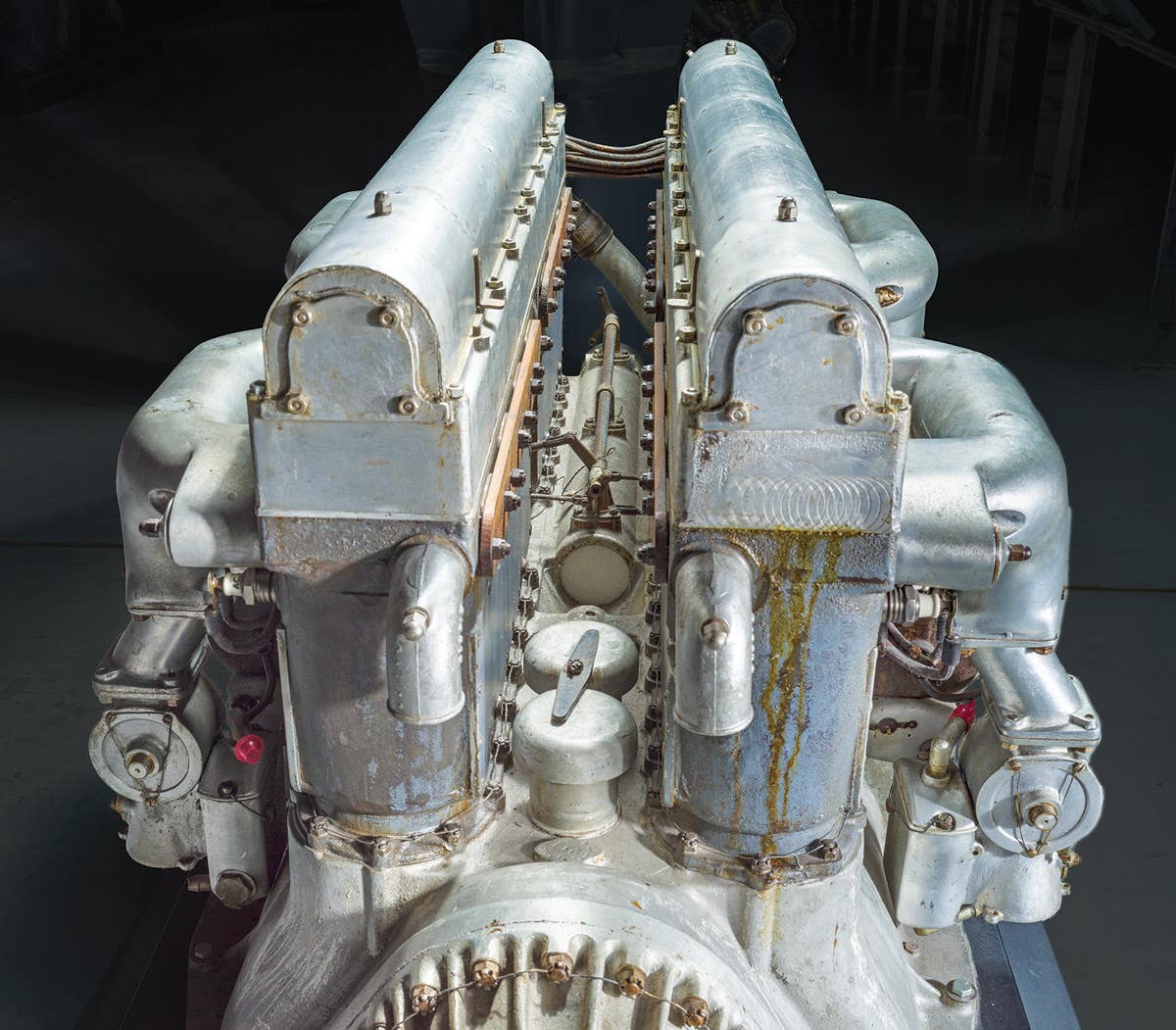Car of the Week: 1964 Jaguar XK-E
‘E’ Dreamin’! 1964 Jaguar E-Type is still glamorous, glorious and worth the effort.
Kurt Glaisner picked up a pretty nice souvenir from a college football game he attended back around 1990. Glaisner skipped the usual trinkets such as cups, pennants or key chains and went straight for the big stuff.
“We were in Madison [Wis.] going to [the University of Wisconsin] game, and we woke up in the morning and there it was,” laughs Glaisner, pointing at his 1964 Jaguar XK-E coupe. “One of the neighbors was apparently going through a divorce and he had it sitting for a sale a few houses down.... It was just sitting on the street. He needed to get rid of it and, yeah, it was for sale, and I was like, ‘OK, I’ll take it.’”
That day was about 34 years ago, Glaisner guesses, and he still has the Jaguar today—in all of its beautiful, exciting and somewhat flawed glory. He insists it is spectacularly imperfect, just the way he likes it.
“They are so damn pretty!” he chuckles. “Enzo Ferrari said it’s the most beautiful car ever made, and Sterling Moss … he said the weight isn’t right, and the engine doesn’t sit right, and it could have been faster, and it could have been this and that. But it’s like the ‘dumb blonde of cars,’ you know? Who cares? It’s so pretty!”
Indeed, even though he didn’t know a lot about the Jaguar, where it had been, or how it had been treated during its lifetime, Glaisner decided that the XK-E was worth a chance. He had never owned anything like it, and figured opportunity was knocking.
“Nope, nothing—I didn’t know anything about it,” he admits. “I don’t think it had many previous owners. The guy liked it and his wife liked it. He said it was like a chick magnet, and they had it for, like, seven years. The car was apparently in California early on. [The previous owner] was afraid of the car, and it was all full of oil. They leak; just plan on it, they’re gonna leak… He was afraid something was going to happen to it. His wife was driving it for the most part, and the car was just covered with oil. Underneath it was all dripping … But it ran good. It was all there, it just leaked oil.”
Glaisner has had just about everything on the Jaguar restored over the years—at least the areas that have needed it. Ownership has been an exciting and curvy road, for sure. He says he finally “finished” the XK-E in its current state only about a year ago. “Everything’s been done in stages. When you don’t know what you’re doing, you have to take good notes, and a lot of photos!”
The ‘E’ Era
Jaguar’s racing D-Type evolved into the production Series 1 E-Type (called the XK-E in the United States) in 1961, and the car was a smash hit from the start. It was completely different in appearance from its XK-120/140/150 predecessors, and more than 400 lbs. lighter. The new projectile-shaped roadster and coupe debuted in March of ’61 at the Geneva Motor Show. Styling came from aerodynamicist Malcolm Sayer, making the E-Type the first Jaguar not penned by Sir William Lyons, who had been knighted by this time.
The wheelbase was 96 inches (6 inches shorter than the XK-150), and the E-Type was propelled by the 265-hp version of the 3.8-liter six, which had been the most potent 3.8-liter in the XK family.
Pressed-steel monocoque construction was used on a bolt-on tubular front sub-frame to hold the engine and front suspension. The whole front-end sheet metal tilted forward for access to the engine, as on the D-Type racer.
The simple oval grille contained a single horizontal bar to match the slim bumper, and a small oval emblem was placed at the center. Headlamps were recessed into nacelles. At the rear was a slim wrap-around back bumper with narrow taillamps, plus two center dual exhaust pipes. Underneath was a new independent rear suspension consisting of lower wishbones and coil springs with a chassis-mounted differential. Disc brakes were installed at all four corners. The coupe’s rear hatchback opened sideways. Painted wire wheels were standard, while chromed wires were optional.
With the “S” variant of the 3.8-liter XK engine, top speed was reported to be 150 mph due to improved aerodynamics, and an E-Type could run from 0 to 60 mph in 6.9 seconds. Two models were offered: an open two-seater and a fastback fixed-head coupe.
An E-Type driven by Graham Hill won its first race, but sports cars were evolving and Jaguar struggled on the track to keep up with Ferrari. A dozen “lightweight” E-Types were built for racing, some with an aluminum monocoque chassis and up to 320 bhp or more using fuel injection. Though driven by top drivers such as Hill and Jackie Stewart, the racing E-Types enjoyed only modest success.
A 4235cc version of the old XK engine was added later in the 1964 model year, with no horsepower increase but more torque. The gearbox for that engine was now fully synchronized.
The 3.8 cars came with leather-upholstered bucket seats, an aluminum-trimmed instrument panel and a Moss four-speed gearbox. The later 4.2-liter cars were equipped with improved seats and brakes, upgraded electrics and a synchromesh four-speed gearbox. A “Jaguar 4.2 Litre E-Type” badge identifies those later cars, while the 3.8 cars received a standard “Jaguar” ID badge.
Exact year-by-year production figures are fuzzy, but total E-Type Series I production is believed to be 38,419 cars over the model’s run from 1961-’68. A 2+2 coupe was added in 1966. Glaisner’s ’64 is one of 15,442 of the fixed-head coupes built during the Series I period. Brand new, it would have carried a sticker price of about $5,500.
A NEW LIFE AT 50
Glaisner says all he ever wanted to do with his XK-E was be seen and have some fun—until 10 years ago. Then he said a few of his goals with the car changed.
“I just wanted to drive it, but when it turned 50 I started thinking maybe for fun I should re-chrome the car…There is not a lot of chrome and it needed chrome and it needed a lot of things,” he recalls. “So I had the bumpers re-chromed …Well, they are attached to the sheet metal! There is no structure to it. They attached right to the sheet metal! At that point I said, ‘Screw it, I’ll just do the whole car.’”
"The engine had already been rebuilt at least once by the time he bought it, so Glaisner didn’t have a lot of mechanical work to do. He instead initially focused on the car’s aesthetics and all the plating and re-plating that needed to be done. “I didn’t have to take the engine out, but all the zinc chromate pieces and all the other parts have been re-plated,” he says. “There wasn’t a lot of bodywork. There was some scuffs on the bonnet. The rust was minor, and I let other people do that for me… Everything inside was pulled out and that’s all new stuff [in the interior].”
The engine has certainly not been trouble-free, however. Glaisner is quick to point out—almost with a sense of pride — that he has blown up the engine not just once, but twice.
“And it’s not because of my driving! It was actually the cooling tunnels in the engine inside the block. They were clogged. And the car was so hot I wouldn’t drive it in the summer. It was a fall car. The second time I blew up the engine, they went through it and said, ‘Oh we missed all these other things on it.’ We just re-sleeved it. I’ve been working with my mechanic for 30 years, so we get along pretty good.”
Glaisner said he had Milwaukee Auto Body in Milwaukee handle the bodywork and paint. “The color is a version of Old English White, I think they call it,” he pointed out. “It all took about five, six years before we were done.”
Glaisner has been a loyal and responsible caretaker for his ’64 E-Type for about 35 years now, and his patience and dedication to the car are certainly paying off these days. He gets to enjoy doing what the car does best—going for scintillating drives and attracting attention—with the car looking and performing at the top of its game.
“It’s amazing. I’m just going to drive it. That’s it,” he says. “My friend has a ’Vette, a 70-something ’Vette, and we were in this thing and he says, ‘This thing rides like you are on a cloud’ compared to his ’Vette. It’s just so fun to drive.
“You know the prices are high and it’s tempting to sell it, but it’s really so pretty. You know, I have friends who are into art and have paintings and a lot of other guys have, like, wood carvings and special, nice furniture and all that. Well, I drive my art,” he laughs."
SHOW US YOUR WHEELS!
If you’ve got an old car you love, we want to hear about it. Email us at oldcars@aimmedia.com
If you like stories like these and other classic car features, check out Old Cars magazine. CLICK HERE to subscribe.
Want a taste of Old Cars magazine first? Sign up for our weekly e-newsletter and get a FREE complimentary digital issue download of our print magazine.



